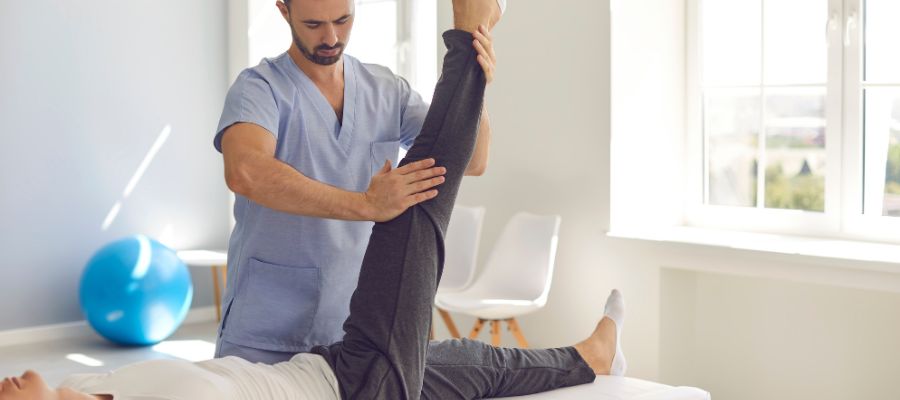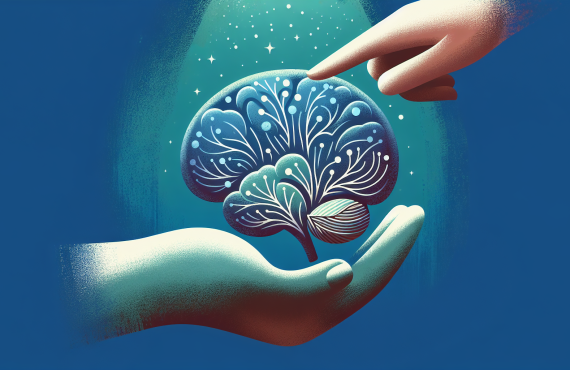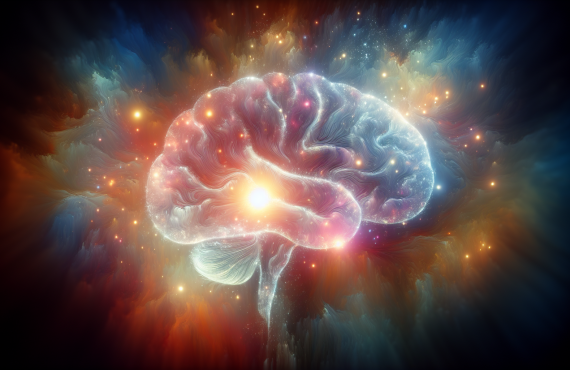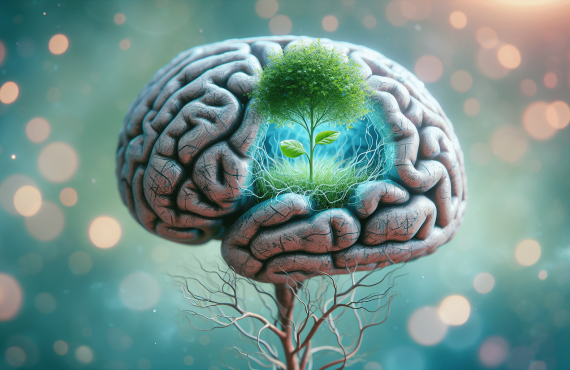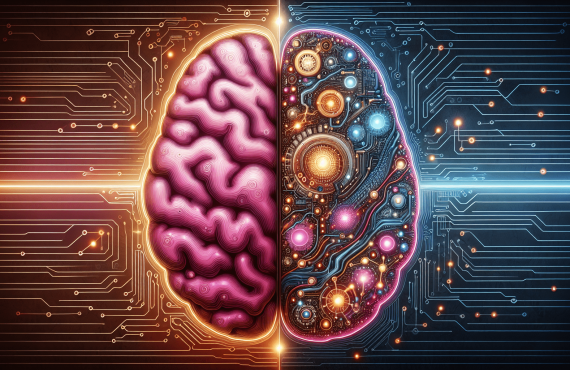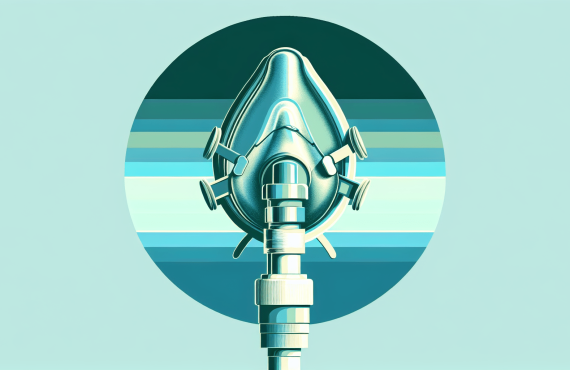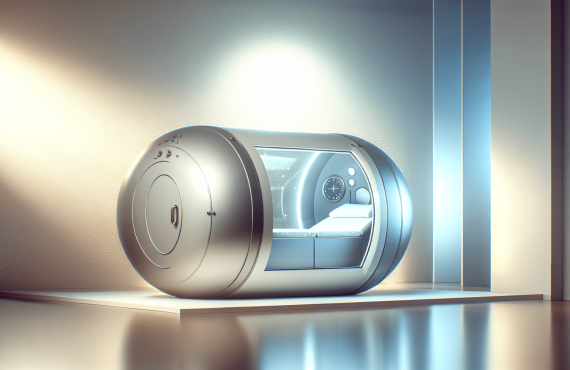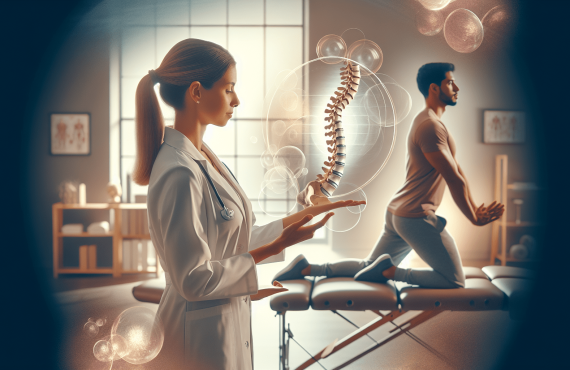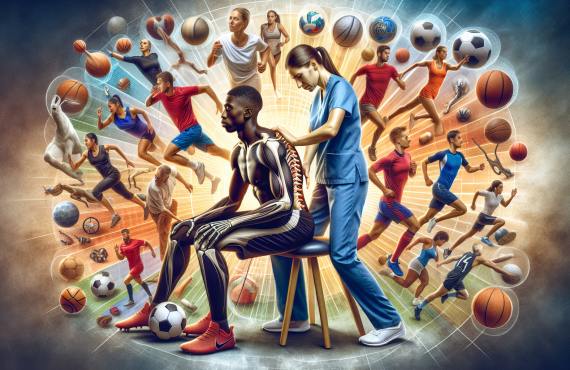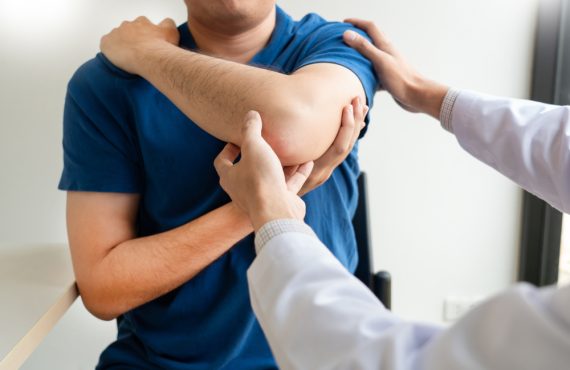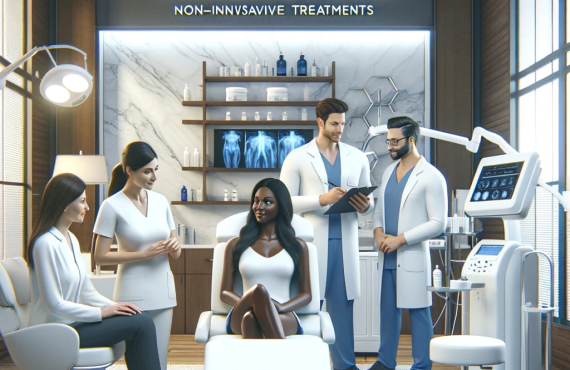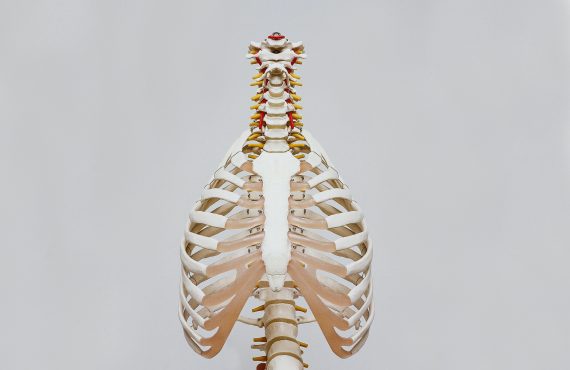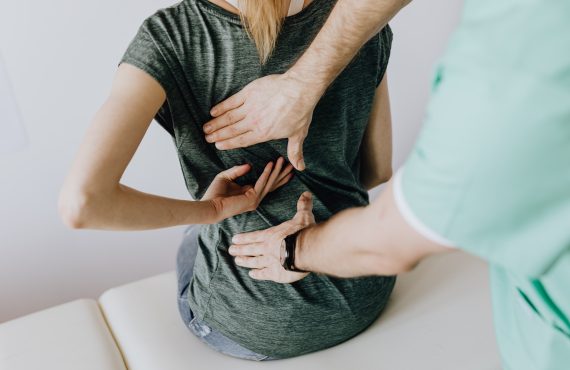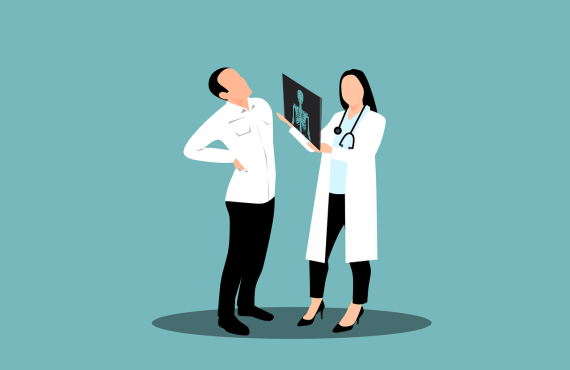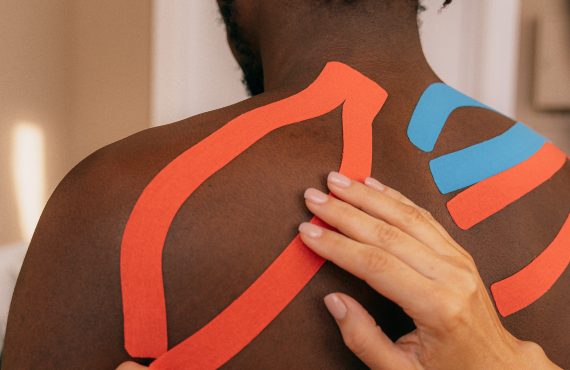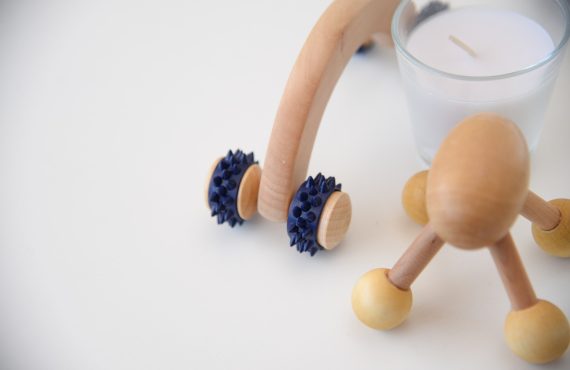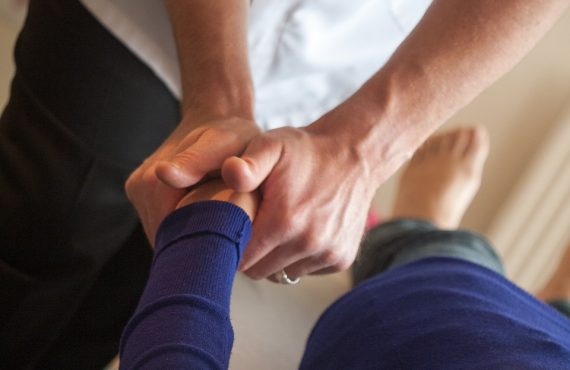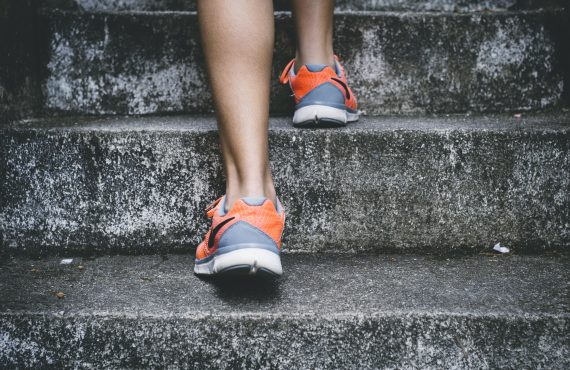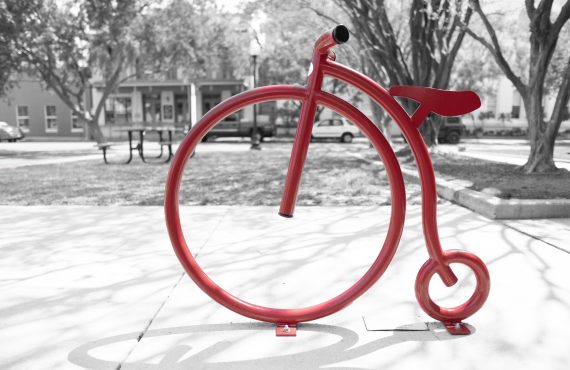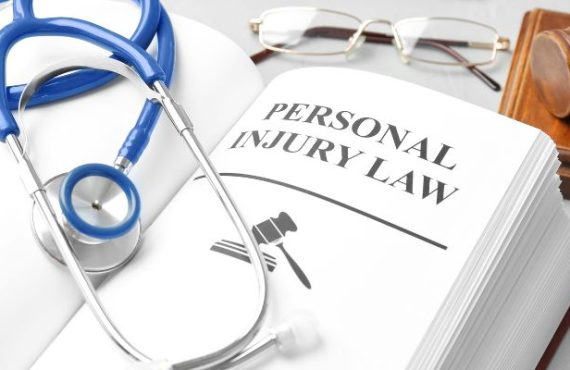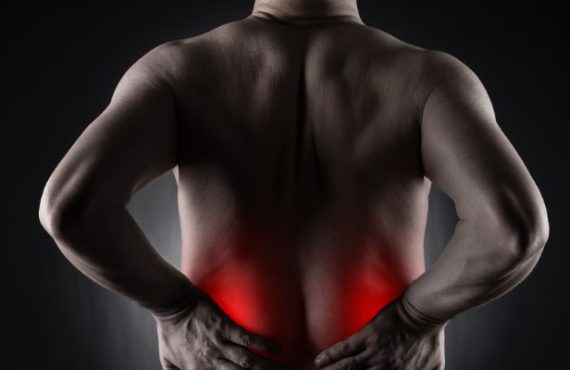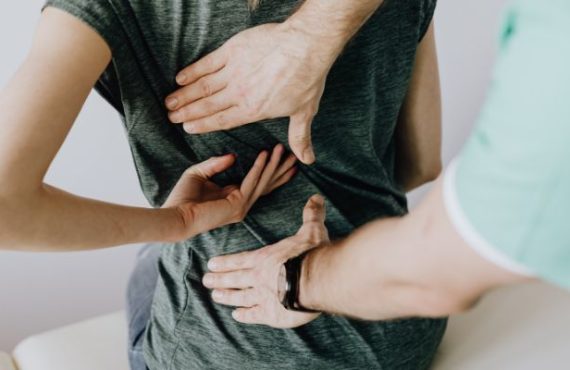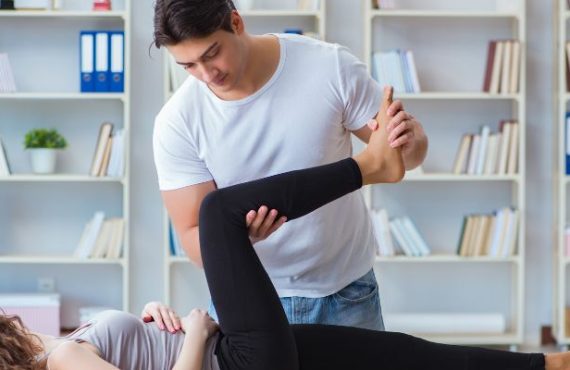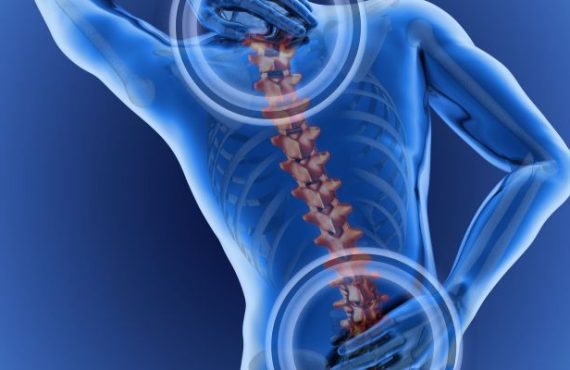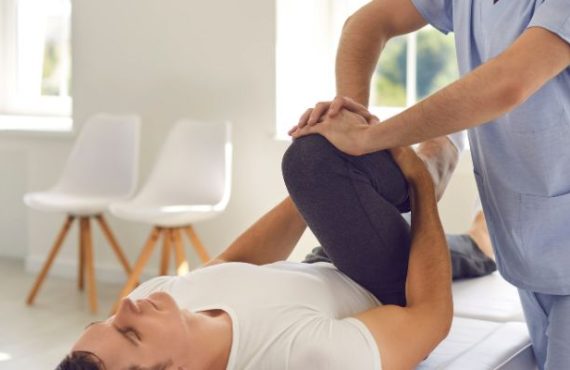In this comprehensive guide, you will learn about the various content rehabilitation exercises and practices available in Pensacola. Whether you are a professional writer looking to improve your skills or someone interested in expanding their knowledge of content creation, this guide has got you covered. From tips on how to overcome writer’s block to effective strategies for editing and proofreading your work, you will find a wealth of information to enhance your content rehabilitation journey in Pensacola.
Get ready to explore the diverse range of rehabilitation exercises and practices that Pensacola has to offer. From workshops and classes to individual coaching sessions, you will have plenty of options to choose from based on your specific needs and preferences. In addition to learning practical techniques for enhancing your writing, you will also gain valuable insights into the creative process and how to craft compelling content that captivates readers. Whether you are a beginner or an experienced writer, this guide will provide you with the tools and resources to take your content rehabilitation to the next level in Pensacola.

This image is property of images.unsplash.com.
Table of Contents
Introduction to Rehabilitation Exercises and Practices
Rehabilitation is an essential component of recovery and healing after an injury or illness. It focuses on restoring physical and mental abilities, improving quality of life, and promoting independence. Rehabilitation exercises and practices play a crucial role in helping individuals regain their strength, mobility, and function. In Pensacola, Florida, there are various rehabilitation facilities and clinics that offer comprehensive rehabilitation programs tailored to meet the unique needs of each individual. This article aims to provide a comprehensive guide to rehabilitation exercises and practices in Pensacola, covering different types of rehabilitation, common techniques, specialized practices, holistic approaches, and considerations for specific conditions.
Understanding the Importance of Rehabilitation
Rehabilitation is vital for individuals recovering from injuries, surgeries, strokes, or other medical conditions. It helps restore physical function, reduces pain, prevents further complications, and maximizes independence. Rehabilitation not only focuses on the physical aspect but also addresses cognitive, emotional, and psychological aspects of recovery. By participating in rehabilitation exercises and practices, you can regain confidence, improve your overall well-being, and enhance your quality of life.
Benefits of Rehabilitation Exercises
Engaging in rehabilitation exercises brings numerous benefits to individuals undergoing the recovery process. These exercises help to:
- Improve strength, flexibility, and endurance
- Increase range of motion and joint mobility
- Enhance balance and coordination
- Alleviate pain and reduce inflammation
- Enhance cardiovascular health
- Promote stress reduction and mental well-being
- Improve cognitive function and memory
- Enhance self-esteem and confidence
With these benefits in mind, let’s explore the different types of rehabilitation practices available in Pensacola.
Different Types of Rehabilitation Practices
In Pensacola, there are three primary types of rehabilitation practices: physical therapy, occupational therapy, and speech therapy. Each practice focuses on a specific area of rehabilitation and is tailored to meet the unique needs of different individuals.
Common Rehabilitation Techniques
Physical Therapy
Physical therapy aims to restore physical function and mobility, relieve pain, and promote overall physical well-being. It involves a combination of exercises, manual therapy, modalities, and education. Physical therapists assess individual needs and develop personalized treatment plans to address specific impairments or disabilities. Common physical therapy techniques include:
- Range of Motion Exercises: These exercises aim to improve joint mobility and flexibility by moving specific body parts through their full range of motion.
- Strength Training Exercises: These exercises target specific muscle groups to improve strength and muscle tone. They often involve the use of resistance bands, weights, or bodyweight exercises.
- Balance and Coordination Exercises: These exercises focus on improving balance and coordination skills to reduce the risk of falls and increase overall stability.
Occupational Therapy
Occupational therapy focuses on helping individuals regain independence in daily activities, such as self-care tasks, work activities, and recreational activities. Occupational therapists assess functional abilities, provide adaptations or modifications, and teach compensatory techniques to promote independence. Common occupational therapy techniques include:
- Activities of Daily Living: These activities include tasks such as dressing, bathing, grooming, and eating. Occupational therapists help individuals regain or improve their performance in these activities.
- Hand and Finger Exercises: These exercises aim to improve hand and finger strength, dexterity, and coordination. They often involve tasks such as gripping, pinching, and manipulating objects of different shapes and sizes.
- Cognitive Rehabilitation Exercises: These exercises focus on improving cognitive abilities such as memory, attention, problem-solving, and executive functioning. They may involve puzzles, games, memory exercises, and other cognitive tasks.
Speech Therapy
Speech therapy focuses on improving communication and swallowing abilities in individuals with speech and language disorders or swallowing difficulties. Speech therapists use various techniques to enhance speech production, language comprehension, and swallowing function. Common speech therapy techniques include:
- Articulation Exercises: These exercises aim to improve clarity of speech by addressing specific speech sound errors. They often involve specific tongue, lip, and jaw movements.
- Phonological Exercises: These exercises target the underlying patterns of speech sound errors to improve overall speech intelligibility and phonological awareness.
- Fluency Exercises: For individuals with stuttering or fluency disorders, fluency exercises aim to improve the rhythm and flow of speech. Techniques such as slow speech, breathing exercises, and relaxation techniques may be used.
Rehabilitation Exercises for Physical Therapy
Range of Motion Exercises
Range of motion exercises are designed to improve joint mobility and flexibility. These exercises may involve gentle stretching, joint mobilizations, or using equipment such as therapy balls or bands to aid in restoring full range of motion.
Strength Training Exercises
Strength training exercises focus on improving muscle strength and endurance. These exercises may involve lifting weights, using resistance bands, or utilizing bodyweight exercises to target specific muscle groups.
Balance and Coordination Exercises
Balance and coordination exercises aim to improve stability and motor control. These exercises may include standing on one leg, heel-to-toe walking, or utilizing balance boards or stability balls to challenge balance abilities.
Rehabilitation Exercises for Occupational Therapy
Activities of Daily Living
Activities of daily living (ADLs) include tasks such as dressing, bathing, grooming, and eating. Occupational therapists use specific exercises and techniques to improve independence and functional performance in these tasks.
Hand and Finger Exercises
Hand and finger exercises focus on improving fine motor skills, strength, and dexterity. These exercises may involve squeezing stress balls, manipulating small objects, or performing finger stretches and movements.
Cognitive Rehabilitation Exercises
Cognitive rehabilitation exercises target cognitive abilities such as memory, attention, problem-solving, and executive functioning. These exercises may include puzzles, memory games, word association activities, and other cognitive tasks.

This image is property of images.unsplash.com.
Rehabilitation Exercises for Speech Therapy
Articulation Exercises
Articulation exercises are designed to improve clarity of speech by addressing specific speech sound errors. These exercises often involve practicing specific tongue, lip, and jaw movements to produce accurate speech sounds.
Phonological Exercises
Phonological exercises focus on addressing underlying patterns of speech sound errors. These exercises may involve practicing word patterns or minimal pairs to improve overall speech intelligibility and phonological awareness.
Fluency Exercises
Fluency exercises aim to improve the rhythm and flow of speech in individuals with fluency disorders. These exercises may include techniques such as slow speech, prolonged speech, diaphragmatic breathing exercises, and relaxation techniques.
Specialized Rehabilitation Practices
In addition to the common rehabilitation techniques, there are specialized practices that focus on specific populations or conditions in Pensacola.
Sports Rehabilitation
Sports rehabilitation focuses on helping athletes recover from sports-related injuries. This specialized practice emphasizes sport-specific exercises, functional training, and performance enhancement techniques to facilitate safe return to sports activities.
Pediatric Rehabilitation
Pediatric rehabilitation focuses on helping children with developmental delays, disabilities, or injuries. It involves age-appropriate techniques, play-based activities, and family involvement to promote optimal development, functional independence, and participation in daily activities.
Geriatric Rehabilitation
Geriatric rehabilitation caters to the unique needs of older adults. It focuses on improving mobility, strength, balance, and independence in activities of daily living. Geriatric rehabilitation may also address age-related conditions such as osteoporosis, arthritis, or cognitive impairments.
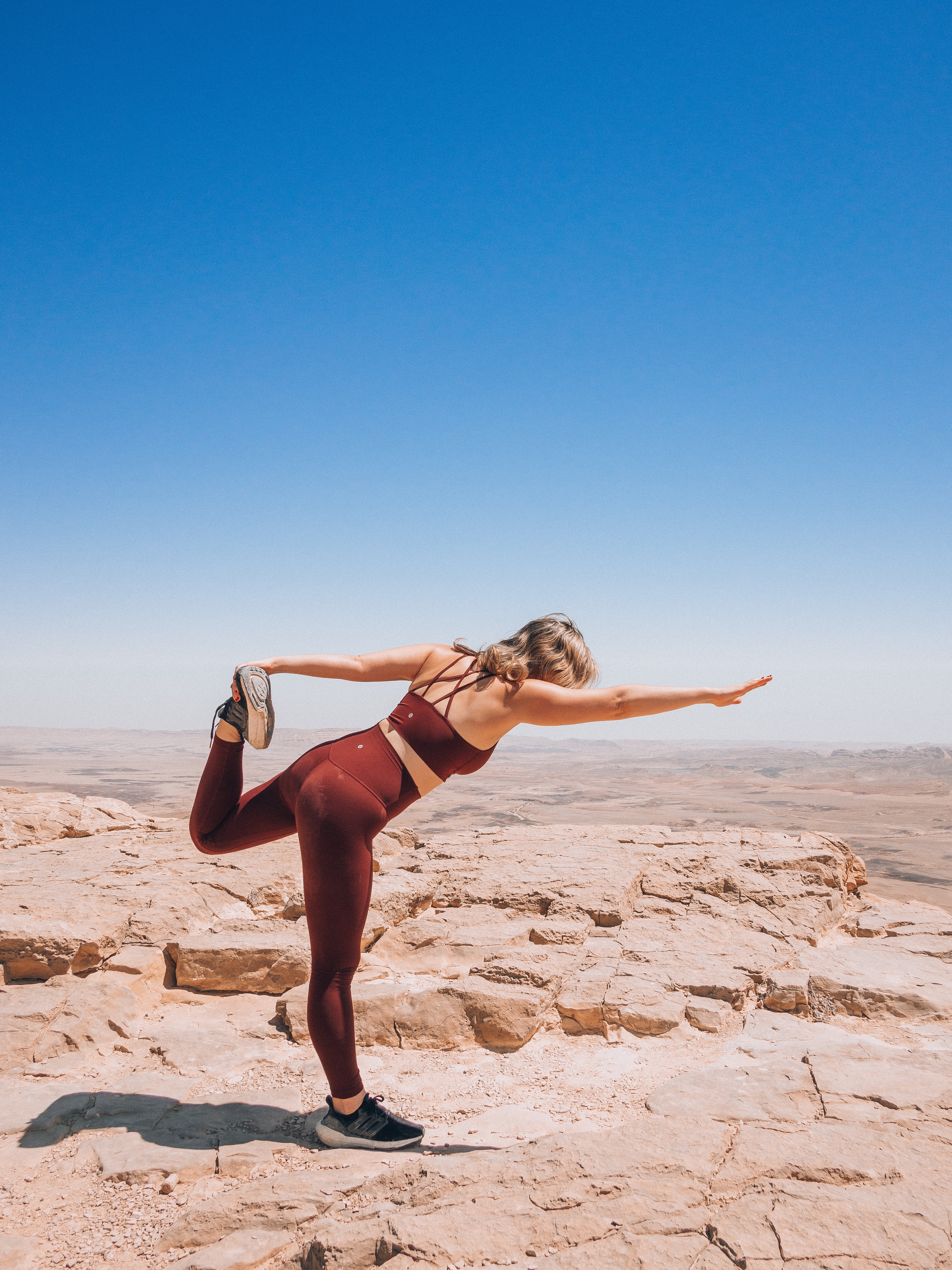
This image is property of images.unsplash.com.
Holistic Approaches in Rehabilitation
In Pensacola, holistic approaches are gaining popularity in rehabilitation. These approaches consider the interconnectedness of the mind, body, and spirit, aiming to promote overall well-being. Some holistic rehabilitation practices include:
Yoga and Meditative Practices
Yoga and meditative practices combine physical postures, breathing techniques, and meditation to improve flexibility, relaxation, and mental clarity. These practices can complement traditional rehabilitation exercises by promoting mindfulness, stress reduction, and body awareness.
Aquatic Therapy
Aquatic therapy involves performing exercises and activities in a pool or underwater environment. The buoyancy and resistance of water provide a low-impact and supportive environment, making it beneficial for individuals with orthopedic injuries, chronic pain, or mobility limitations.
Massage and Manual Therapy
Massage and manual therapy techniques involve hands-on manipulation of soft tissues to promote relaxation, improve circulation, reduce muscle tension, and enhance overall well-being. These techniques can be beneficial in reducing pain and promoting tissue healing during the rehabilitation process.
Rehabilitation Considerations for Specific Conditions
When it comes to rehabilitation, different conditions may require specific considerations and approaches. In Pensacola, rehabilitation services are tailored to address various conditions effectively.
Rehabilitation for Orthopedic Injuries
Orthopedic rehabilitation focuses on recovering from musculoskeletal injuries or surgeries. It often involves a combination of physical therapy, occupational therapy, and specialized techniques such as manual therapy or sports rehabilitation. The goal is to restore function, reduce pain, and optimize recovery.
Rehabilitation for Neurological Conditions
Neurological rehabilitation focuses on individuals with conditions such as stroke, spinal cord injuries, traumatic brain injuries, or neurodegenerative diseases. It emphasizes techniques to restore function, improve mobility, and enhance independence through exercises, therapeutic activities, adaptive equipment, and compensatory strategies.
Rehabilitation for Cardiopulmonary Disorders
Rehabilitation for individuals with cardiopulmonary disorders aims to improve cardiovascular fitness, respiratory function, and overall endurance. It may involve exercises to increase aerobic capacity, breathing exercises, or education on energy conservation techniques.
Rehabilitation Facilities in Pensacola
Pensacola is home to several leading rehabilitation centers, specialized clinics, and home-based rehabilitation services. These facilities offer comprehensive and personalized rehabilitation programs catered to individuals’ needs. Some notable rehabilitation facilities in Pensacola include:
Leading Rehabilitation Centers
- Sacred Heart Rehabilitation Institute
- Baptist Health Care Rehabilitation Institute
- West Florida Rehabilitation Institute
Specialized Rehabilitation Clinics
- Pensacola Physical Therapy Specialists
- Gulf Coast Occupational Therapy
- Speech and Language Center of Pensacola
Home-based Rehabilitation Services
- Visiting Angels
- Loving Touch Home Healthcare
- Priority Home Care
Conclusion
In Pensacola, rehabilitation exercises and practices play a vital role in helping individuals recover from injuries, surgeries, or medical conditions. By embracing rehabilitation, individuals can regain their strength, mobility, and independence, ultimately improving their quality of life. With a wide range of rehabilitation techniques available, including physical therapy, occupational therapy, and speech therapy, individuals can access personalized programs tailored to their unique needs. Along with specialized rehabilitation practices, holistic approaches, and considerations for specific conditions, Pensacola offers a comprehensive range of rehabilitation services. Whether you are recovering from an orthopedic injury, neurological condition, or cardiopulmonary disorder, there are dedicated rehabilitation facilities, clinics, and home-based services to support your recovery journey. Embrace rehabilitation, implement personalized programs, and commit to long-term benefits for a healthier and more fulfilling future.


